Uncrowded and Unforgettable: Offbeat Cultural Festivals in May
The problem with overcrowding is that it takes away the ease of exploration, making tour experiences less satisfactory and exhausting. The month of May is perfect to avoid the large crowds because it falls between the busier travel months of the winter and summer seasons. This makes the month of May less chaotic and more about community engagement. In May, many states in India celebrate their respective festivals, and these festivals are an excellent way to peek into the cultural diversity of various communities and states in India. These festivals provide exposure to multiple rituals, food, art, and music. Traveling to attend these festivals promises a celebration of culture while avoiding chaos, making the experience different from mainstream travel experiences.
Why Choose Offbeat Festivals?
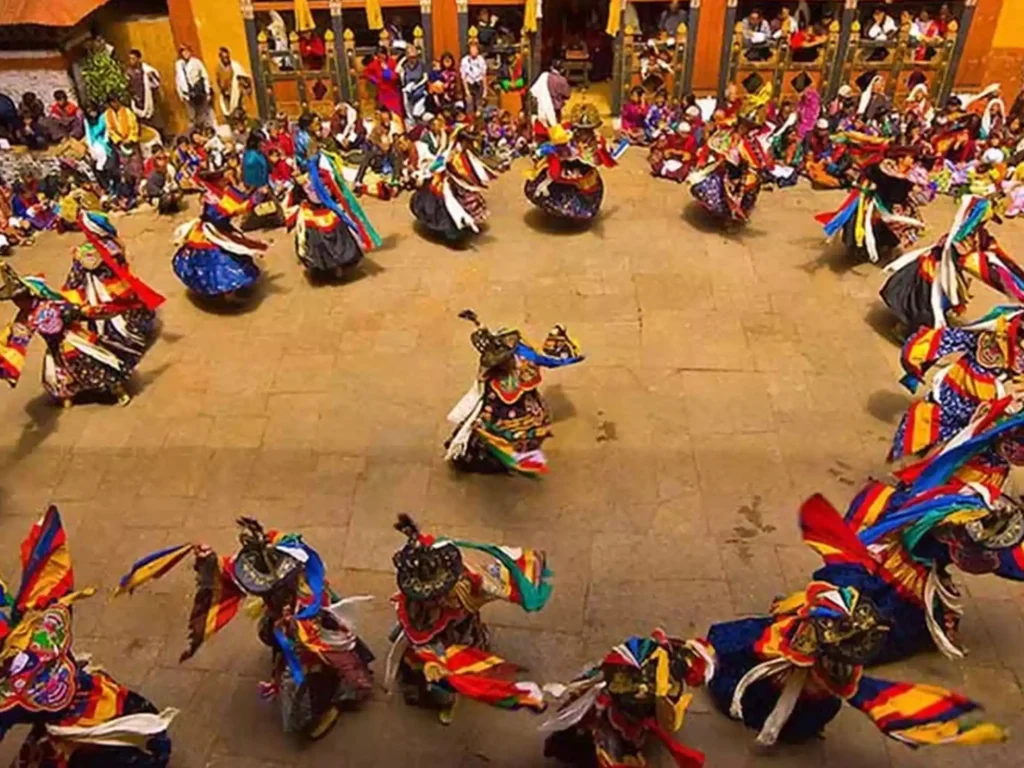
Festivals, apart from their religious and cultural significance, are opportunities for interactions with different communities. These interactions are an opportunity for educating oneself about things that do not exist in black and white, but are based on observation and communication. Those who look forward to traveling for immersion, not for Instagram, understand the actual beauty of cultural diversity that India offers. Traveling to lesser-known festivals helps understand the authentic ways of Indian celebrations through unique Indian cultural practices. Traveling to these festivals also supports the ideas of sustainable tourism.
Top Offbeat May Festivals That Celebrate Culture
May is the perfect month for a curious traveler. It is the month of festivals in different locations with different cultural significance. Most importantly, some of these festivals are lesser-known and attract fewer crowds, making the experience hassle-free. Some of these festivals are:
Moatsu Festival (Nagaland)
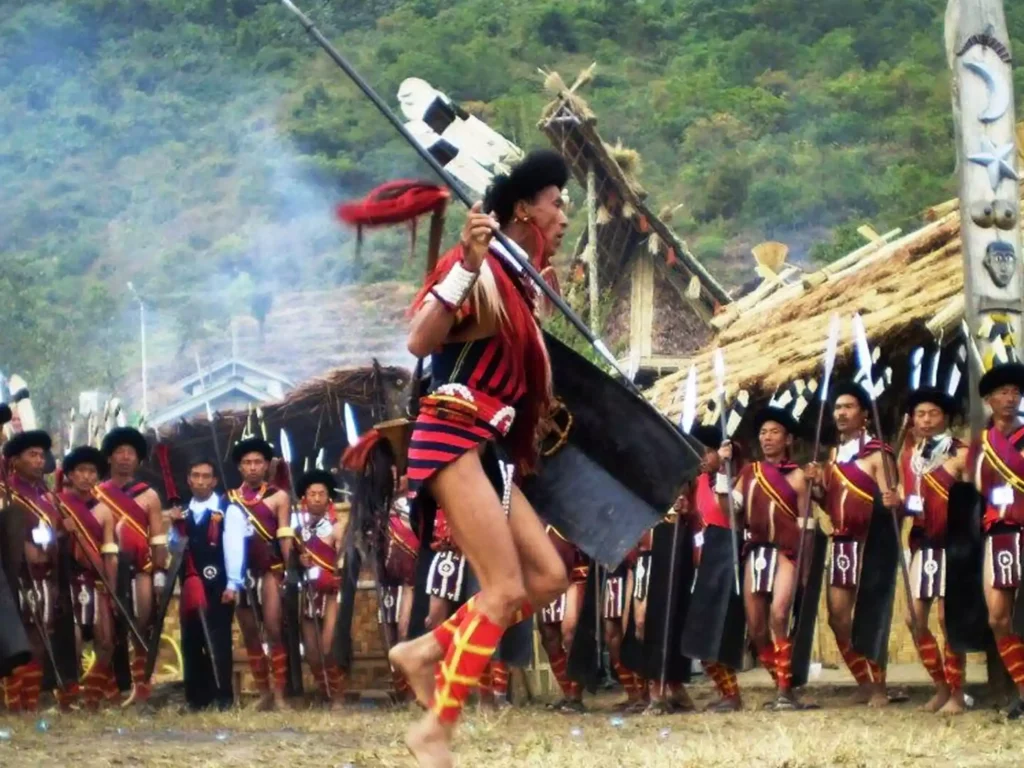
Moatsu Mong is celebrated in Nagaland to mark the end of sowing season. People of the Ao Naga Tribe gather to celebrate the land’s fertility. They also offer gratitude to spirits for protecting their crop and use this as an opportunity to strengthen their bonds within the community. The festival is celebrated in Mokokchung, approximately 150km from Kohima.
The festival is generally celebrated in the first week of May, where people exchange gifts with each other, make new friends, and enjoy bonfires. The festival’s ritual includes traditional tribal dances, drinking rice beer, narrating tales of the traditional heroes, singing eulogies in their memory, and also the “Sangpangtu” ritual with a large bonfire.
The nearest airport is at Jorhat, and the nearest railway station is Mariani Junction, both located in Assam. It is advisable to carry essentials like snacks and a water bottle, familiarize oneself with the local culture and etiquette, and be respectful to the ceremonial practices of tribal Indian festivals.
You may also like: Colourful Hornbill Festival of Nagaland
Buddha Purnima
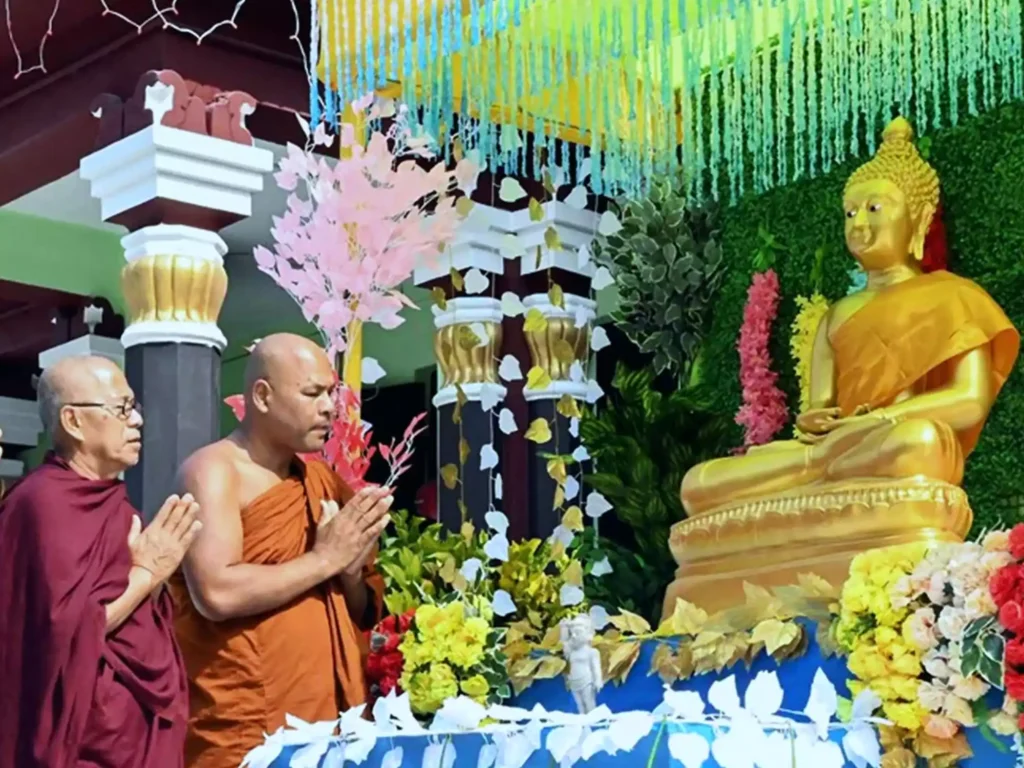
Buddha Purnima is celebrated all over the country, but people usually travel to sites that are important to Buddhist culture in order to get a deeper insight into the essence of the festival. Bodh Gaya, Lumbini, and Sarnath are some of the places that are considered auspicious to the Buddhist culture. During Buddha Purnima, temples and monasteries are decorated, and people engage in prayers, chanting, and meditation. The festival is made special by decorating the monasteries and temples, where talks and recitations of Buddhist scriptures are hosted. This festival is a good time for spiritual travelers as the festival aims to preach ideas of compassion and kindness through peaceful and reflective celebrations at monasteries. Buddha Purnima is usually celebrated in the Hindu month of Vaishakha, which usually falls in April or May. People also visit places like Sikkim, Tawang, Dirang, and many other places known for their auspicious monasteries.
OUGRI Festival
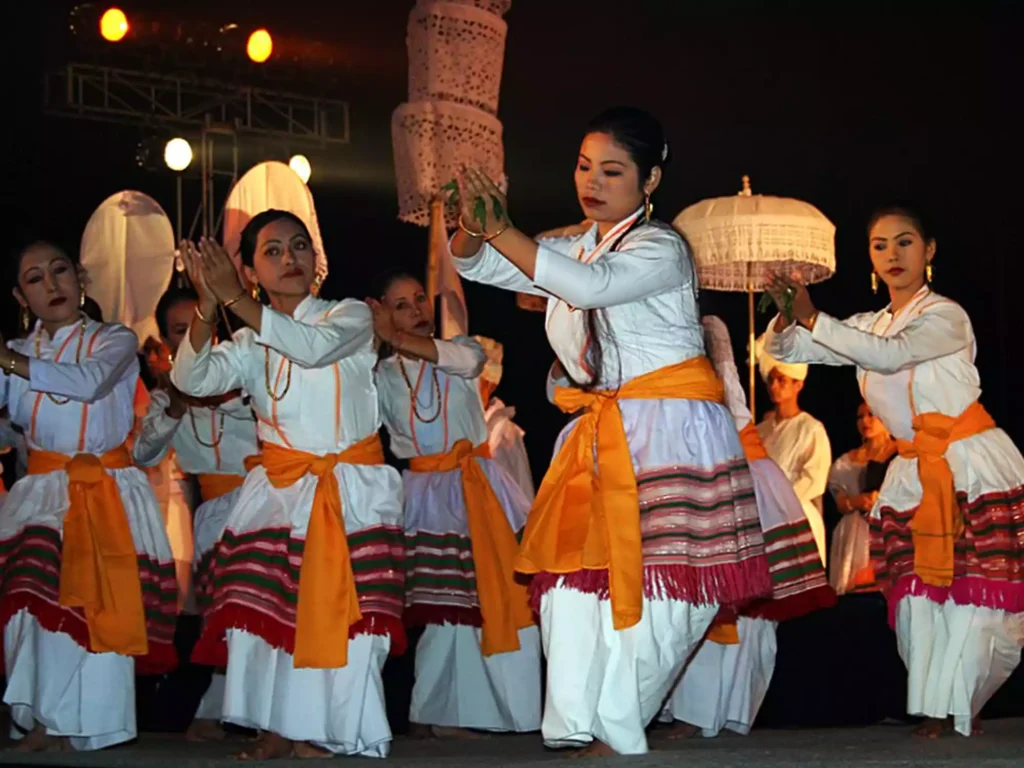
OUGRI is a festival organized by the students of NIT, Manipur, and is an annual cultural and technical festival. It derives its name from the ancient cultural dance and music performance of the Lai Haraoba festival. It is a blend of cultural roots and youth-led creativity. As per Meitei culture, the origin of the dance can be traced to the creation myth of the universe and has roots in the pre-Hindu Manipuri Literature. The festival was first organized in 2013 and has been organized every year ever since. The festival is marked by events like sports, battle of bands, modern dance, cultural dance, and DJ nights. The festival is a 4-day event, organized at NIT Campus, Takyelpat, Manipur.
You may also like: Cultural Delights: Budget-Friendly Festivals in Offbeat India
Chithirai Festival
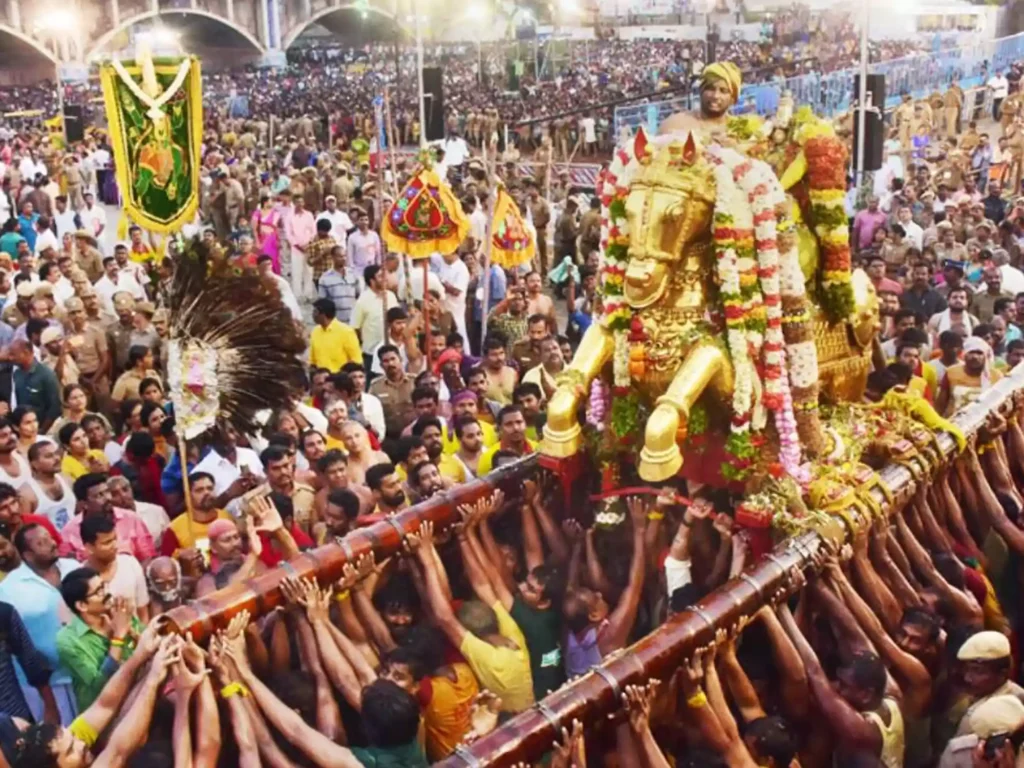
Chithirai festival is celebrated around the Meenakshi Sundareswarar Temple in Madurai, Chennai. It is celebrated to commemorate the celestial marriage of Goddess Meenakshi and Lord Sundareshwarar. The festival is celebrated over 15 days during the Tamil month of Chithirai, corresponding to April or May of the Gregorian Calendar. The highlight of this festival is the grand chariot that carries the deities out for a procession. It marks the unity of both Shaivite and Vaishnavite traditions, as it celebrates both Lord Shiva and Lord Vishnu. The rituals of the festivals include Flag Hoisting, Coronation, Celestial Wedding, and Chariot Festivals. The festival does not attract large crowds like other South Indian festivals, making it an offbeat experience.
Thrissur Pooram Alternatives
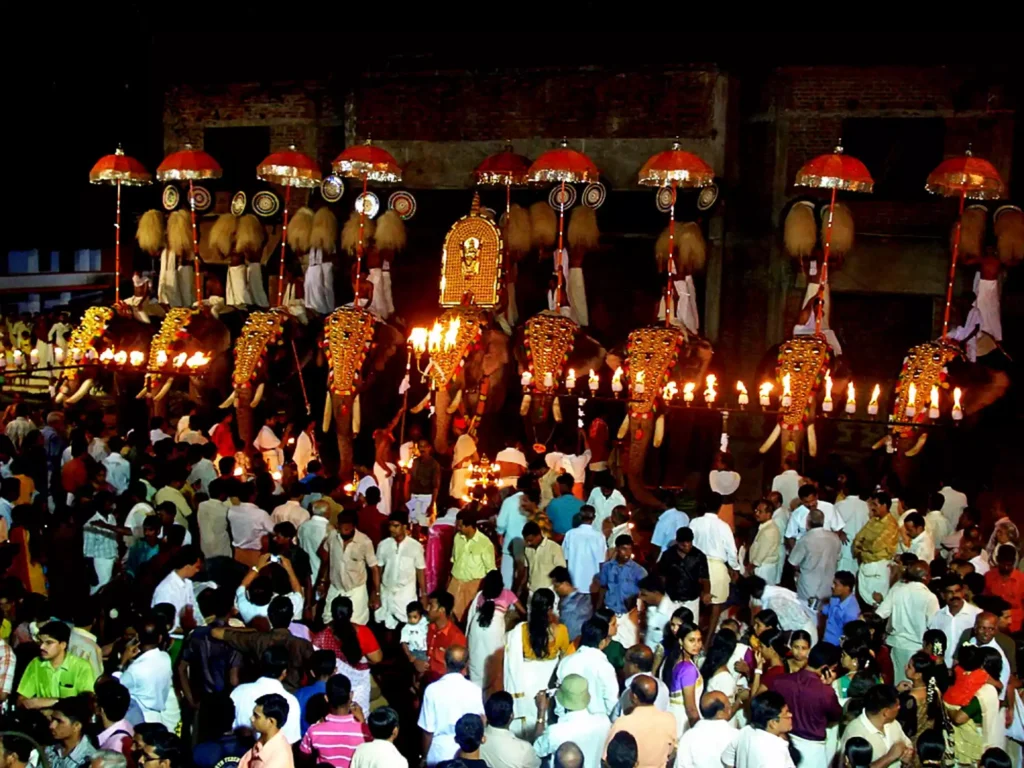
Thrissur Pooram, celebrated between April to May, is considered the festival of festivals in Kerala. It is a grand celebration of Kerala’s cultural and spiritual essence. The history of Thrissur Pooram dates back 200 years and includes the participation of 10 different temples. Thrissur Pooram holds major significance in the culture of Kerala, and mini-versions of the grand Pooram are celebrated in lesser-known villages. The festival is marked with activities like elephant processions, chenda melam, and no mass tourism is involved in it. Although there isn’t a direct alternative, exploring similar festivals like Arattupuzha Pooram and Uthralikkavu Pooram can provide similar experiences with a unique charm of their own. The charm of these festivals lies in the grandeur of Kerala’s traditions showcased by elaborate processions, captivating performances, and spectacular fireworks, making it an experience that leaves an impact for a lifetime.
Mount Abu Summer Festivals
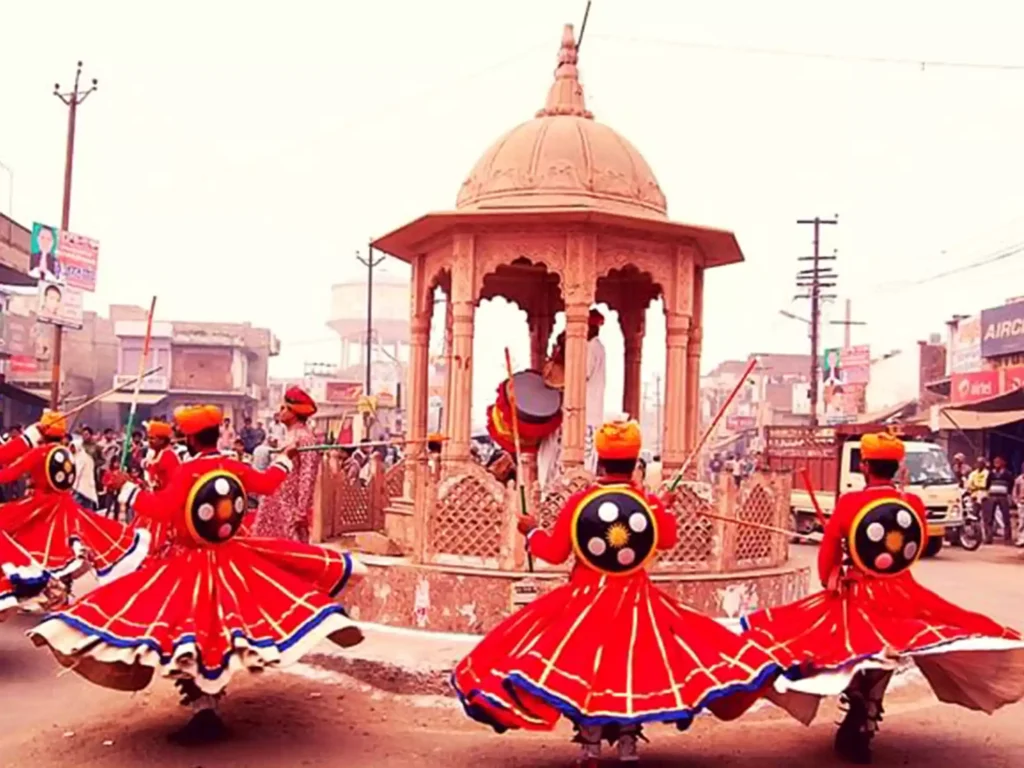
Mount Abu is a hill station in the Aravalli range, located in the Indian State of Rajasthan. It is home to several Jain and Hindu temples. The cultural significance of the place can be deciphered from the fact that it finds its mention in the Puranas as “Arbudanaranya”. Every year, the Mount Abu Summer Festival is organized to celebrate the region’s culture, traditions, and natural beauty. The festival is marked by lake concerts, tribal dances, and not to mention, the hill station charm is perfect for avoiding the scorching heat and crowds of Rajasthan.
The festival is usually organized in May and features cultural performances, particularly Rajasthani Folk dances like Ghoomar, Gair, and Daph. Apart from that, thrilling competitions draw visitors from across India. These competitions vary from boat races to skating races, tug-of-war, and matka-phod. Spectacular fireworks also add to the charm of this Rajasthan Summer festival. The cultural aspect of the festival is rooted in traditional practices where the Garasia tribal communities come to Mount Abu to immerse the ashes of their elders. The festival also showcases the tradition of “snatching brides”.
You may also like: 10 Festivals in Kolkata for an Unforgettable Experience
Saga Dawa – Ladakh
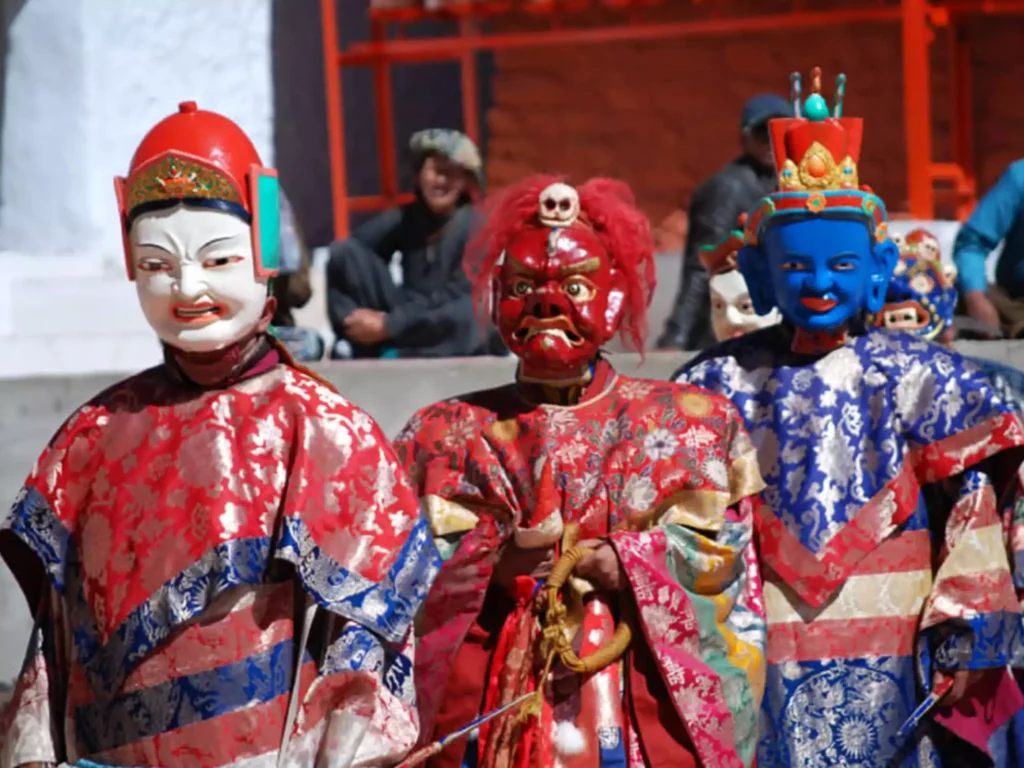
Saga Dawa is a very important and special occasion for people who follow the teachings of Buddhism. The festival commemorates the birth, enlightenment, and death of Buddha. This Tibetan Festival is one of the most important festivals in Ladakh and is celebrated between May and June. Tourists must visit monasteries and worship and offer butter lamps on this day. In Ladakh, the festival is usually held in monasteries like Hemis and Diskit. It is a major Buddhist festival, but it does not compromise on being serene and meditative. Buddhists around the world offer prayers, make offerings to teachers and holy objects, and engage themselves in charity. Tourists visiting Ladakh during this festival can enjoy Bhumskor, or large processions of monks, students, and people of Ladakh. Tourists can participate in the spiritual atmosphere by abstaining from meat, giving charity, visiting monasteries, and turning prayer wheels for well-being and prosperity. It is important to acclimatize to high altitudes before visiting Ladakh and familiarize oneself with the local customs and traditions, and be respectful towards them.
Tips for attending offbeat festivals
Offbeat festivals celebrate life in ways that are not always familiar to us. It is important to have an open mind to absolutely immerse oneself in the culture of new places. Brief research of the local customs, traditions, and norms can prove extremely helpful before attending specific festivals in India.
Dressing appropriately is a mindful and very simple way of expressing respect and modesty. Learning a few sentences in the local language can make communication better. Traveling to these places can benefit them, provided the ideas of sustainable travel are practiced, most important of which is avoiding littering. Culture is found in the quiet, where day-to-day lives still hold the ideas of a simple livelihood. Festivals are those occasions when people make efforts to connect to their roots, some of which include memories of forefathers and their beliefs.

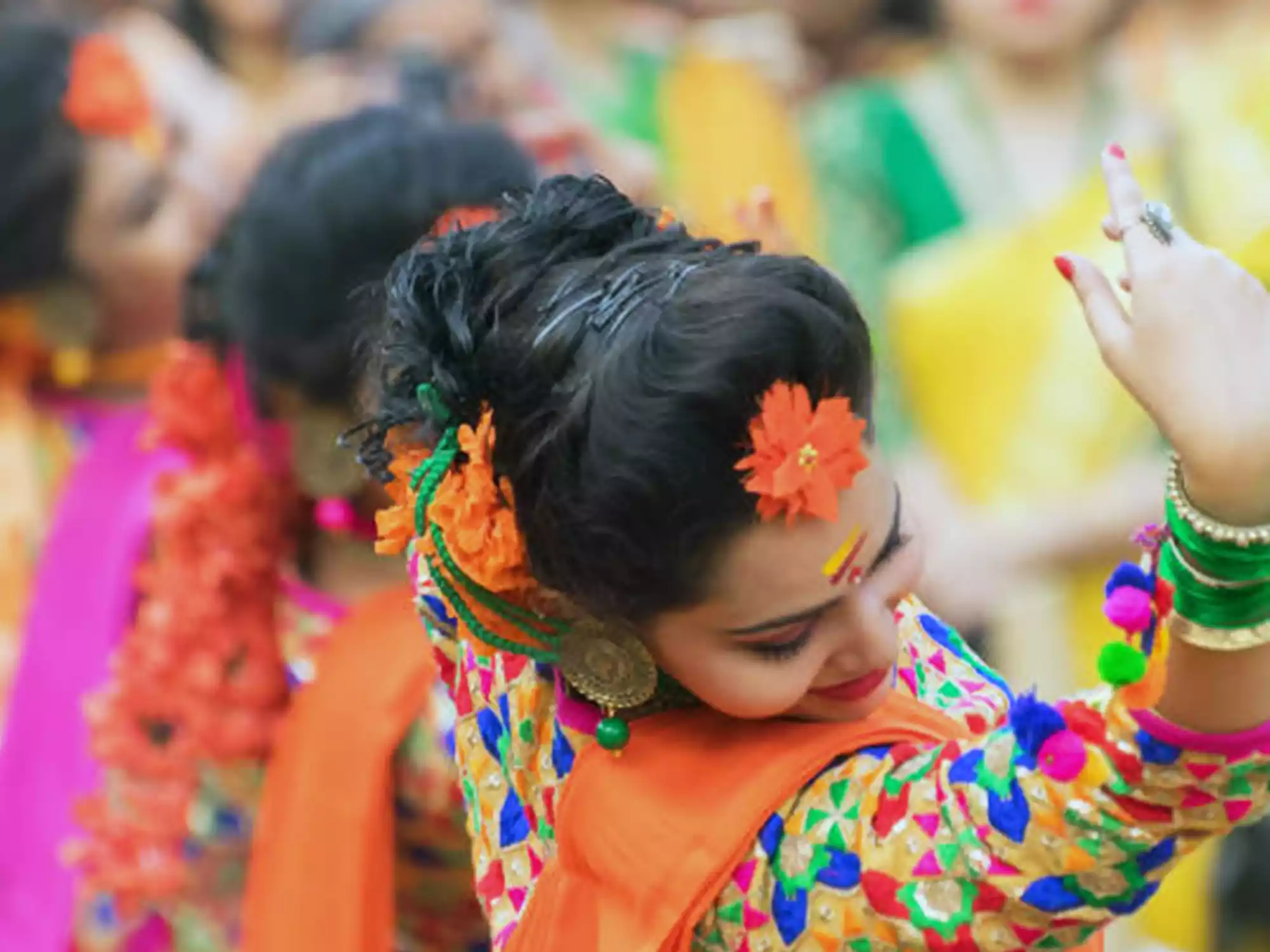
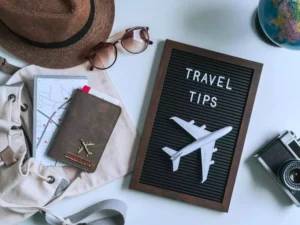
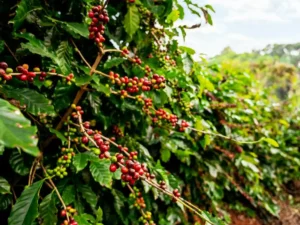
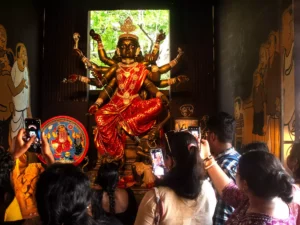
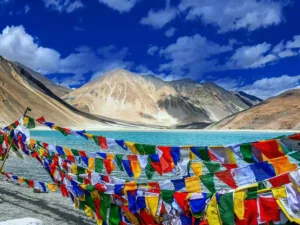

Comment (0)